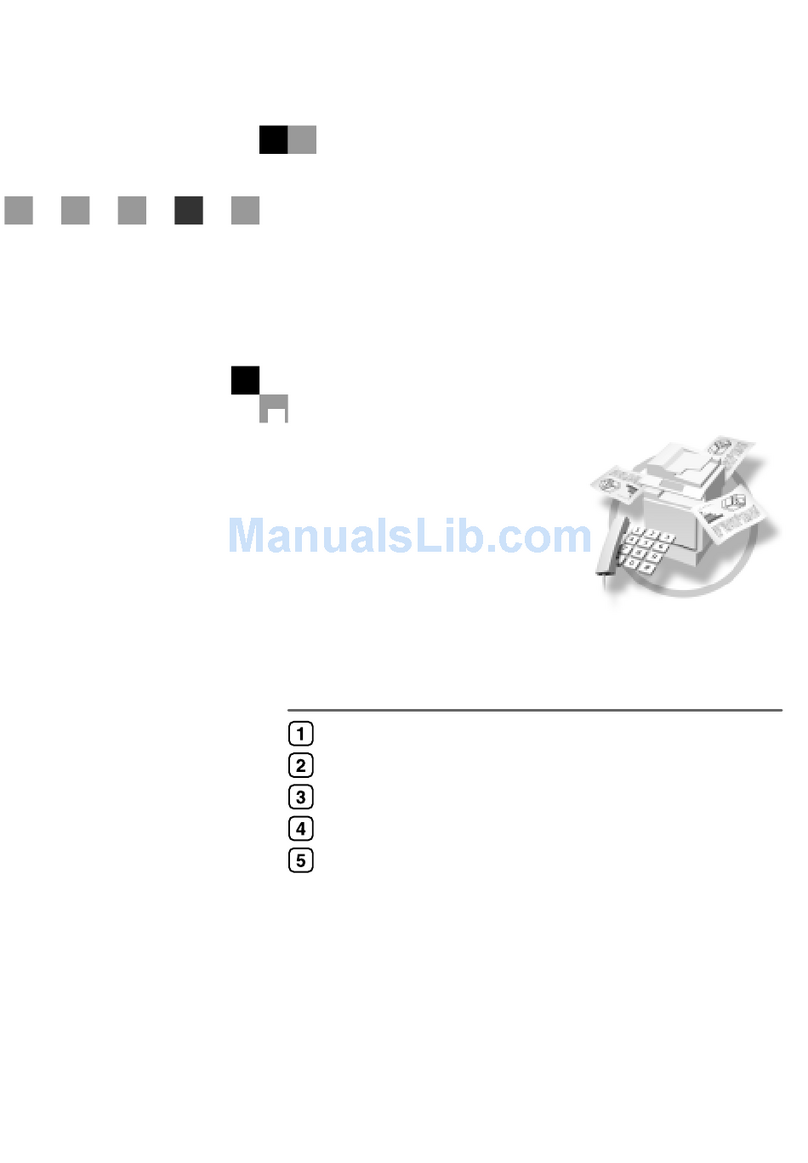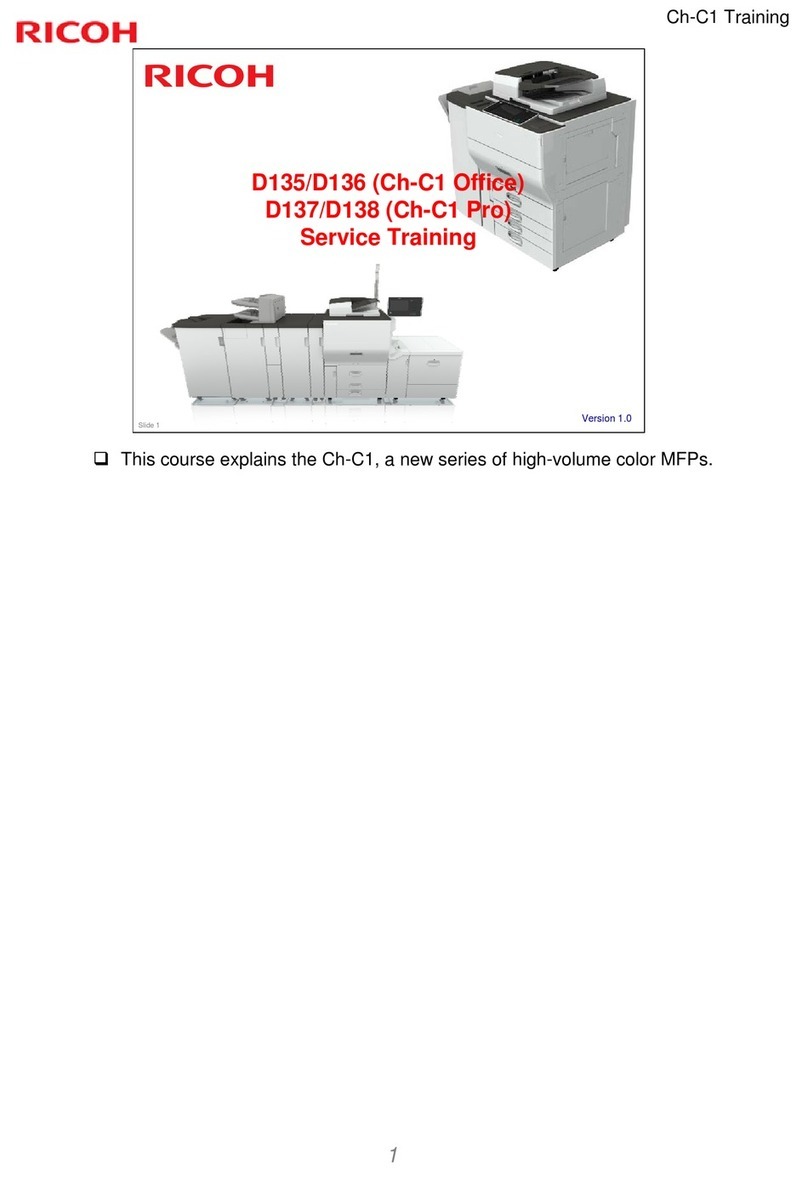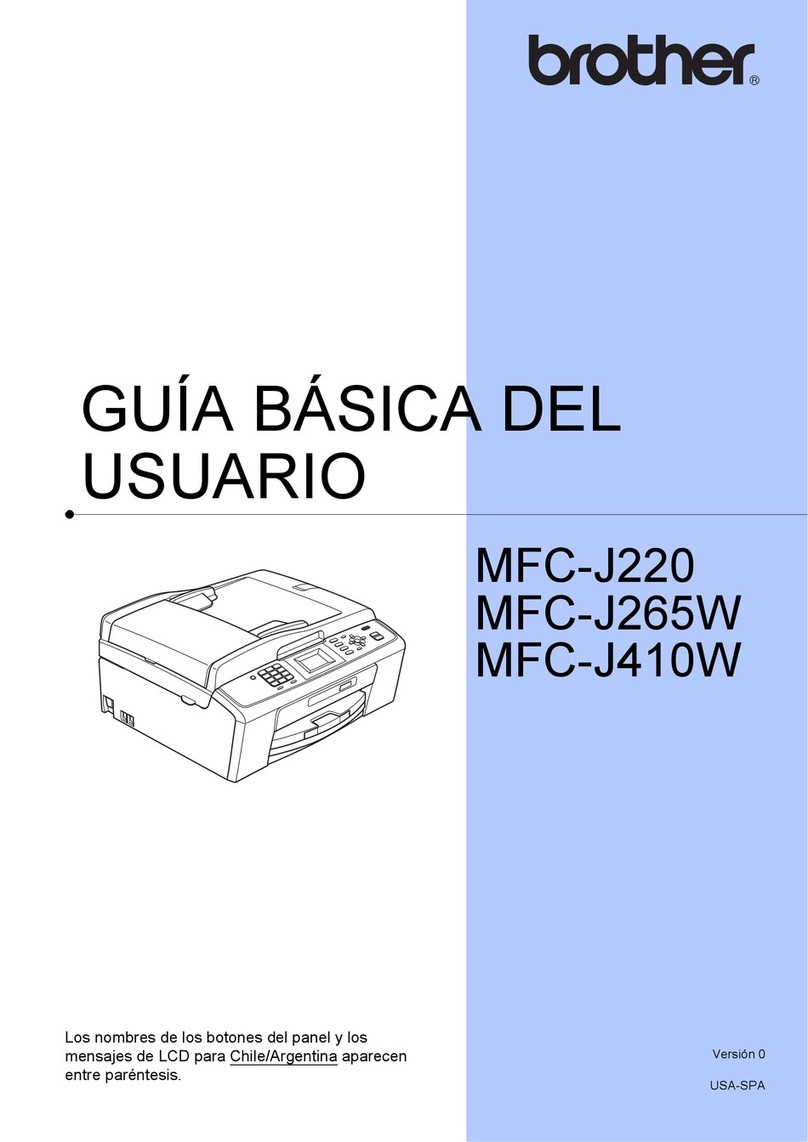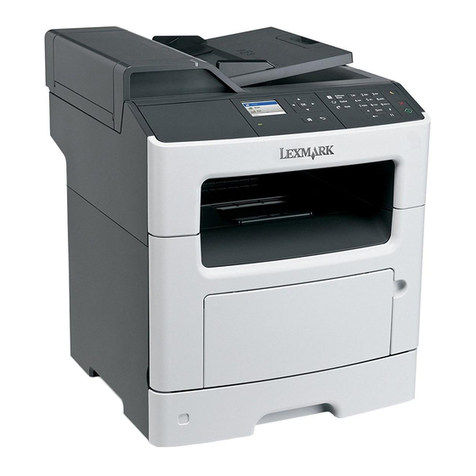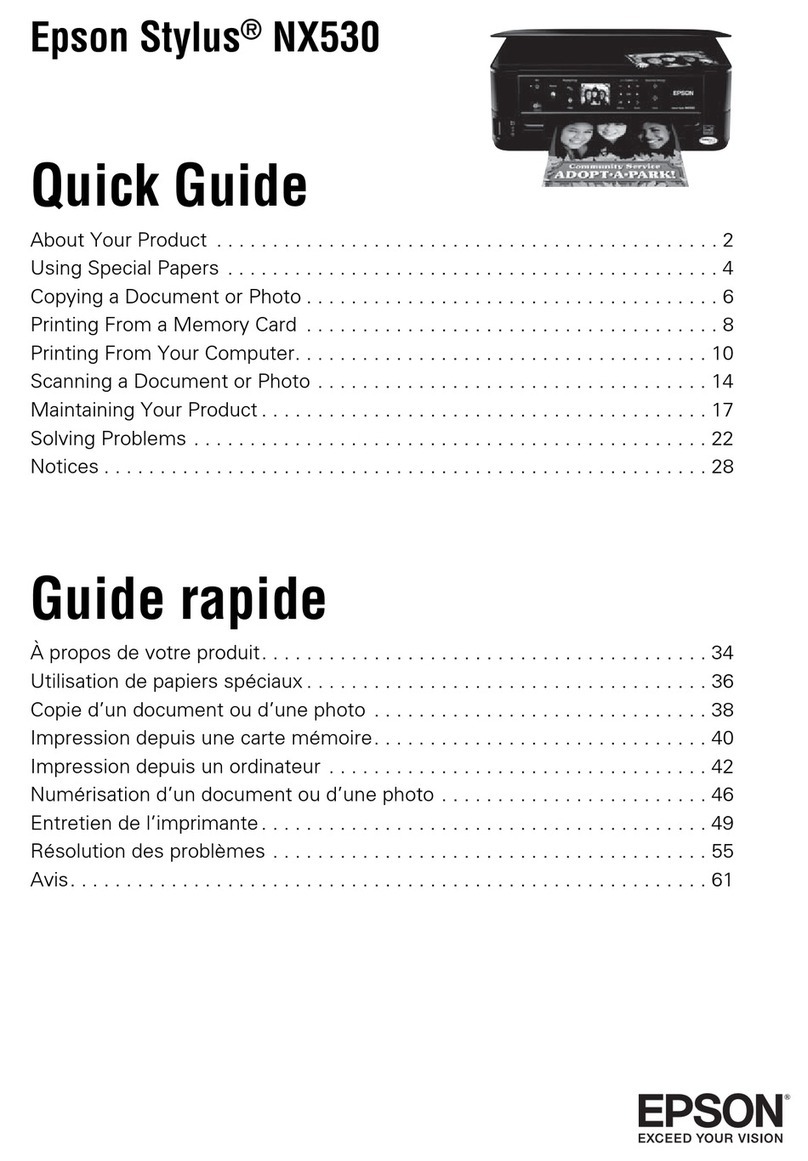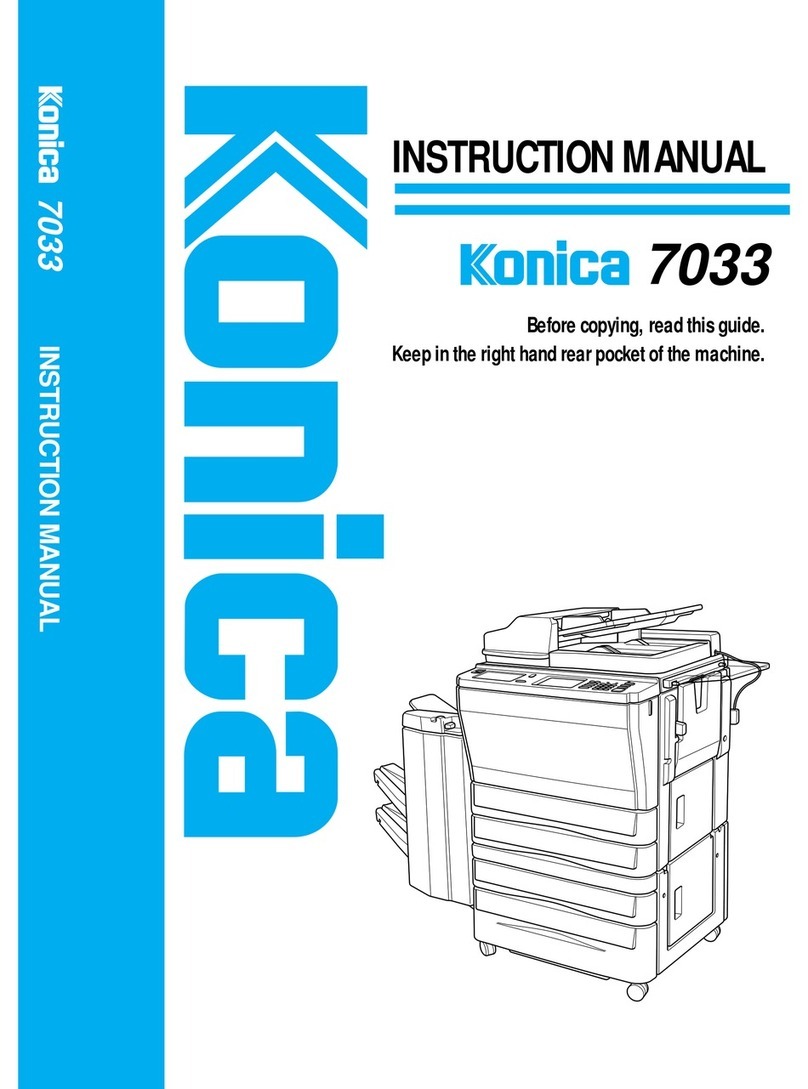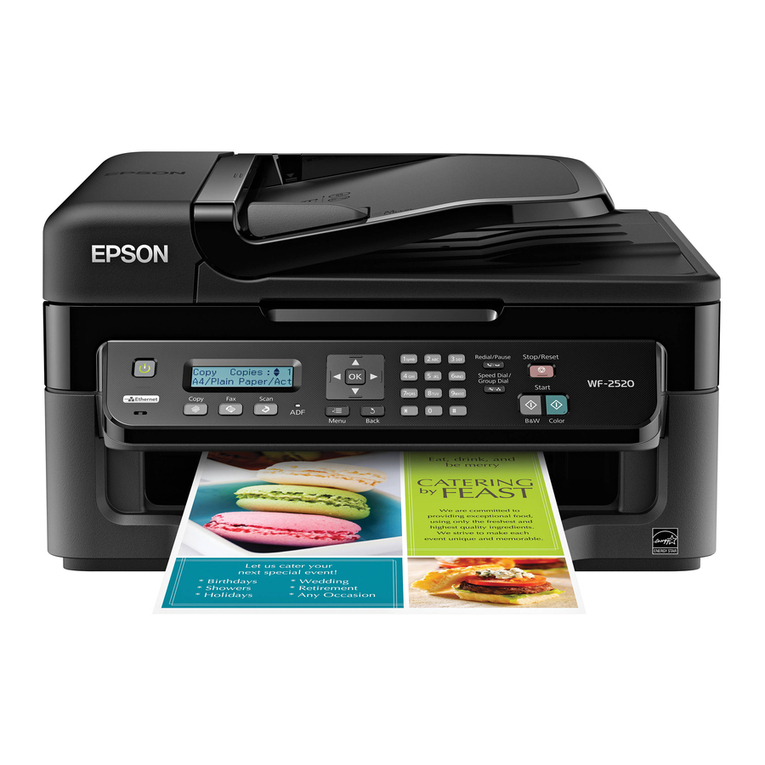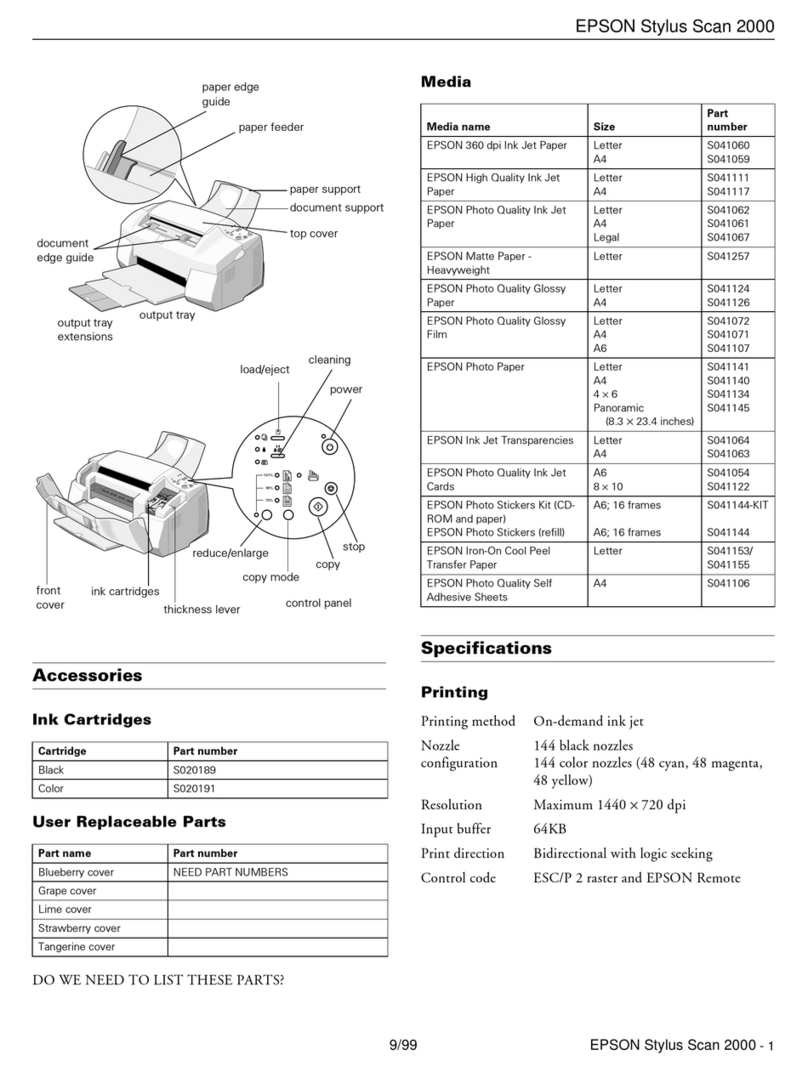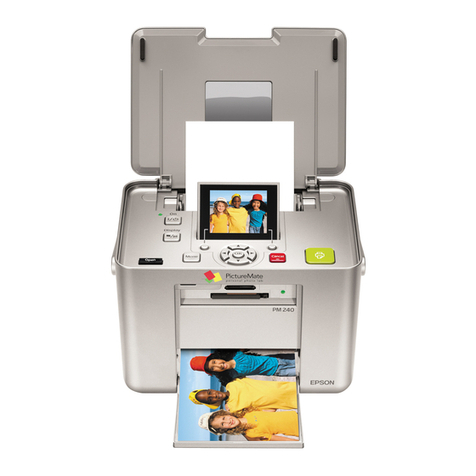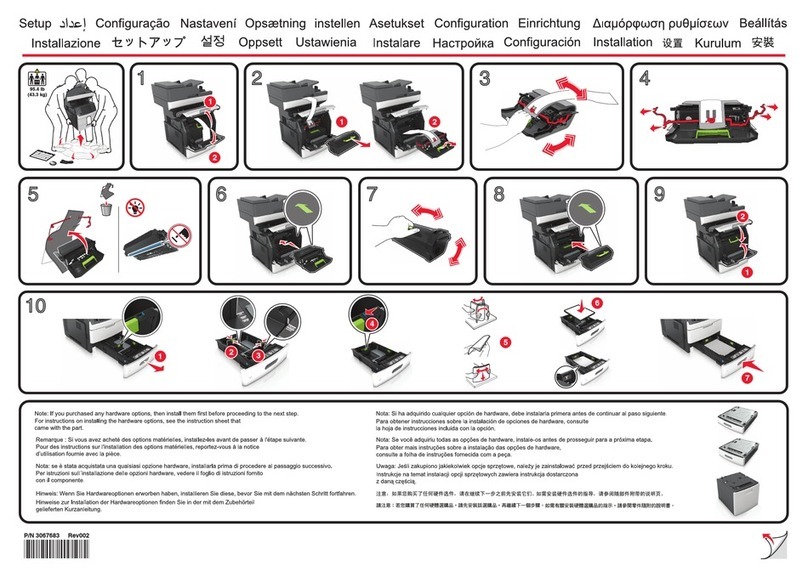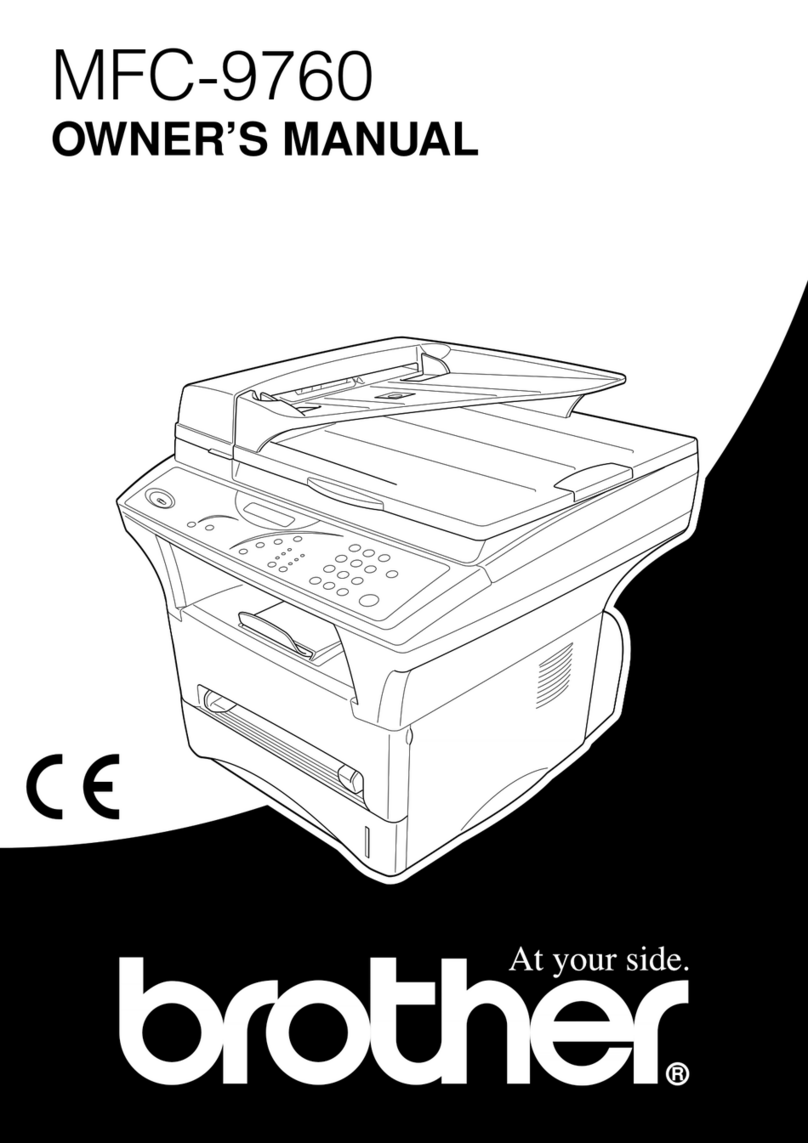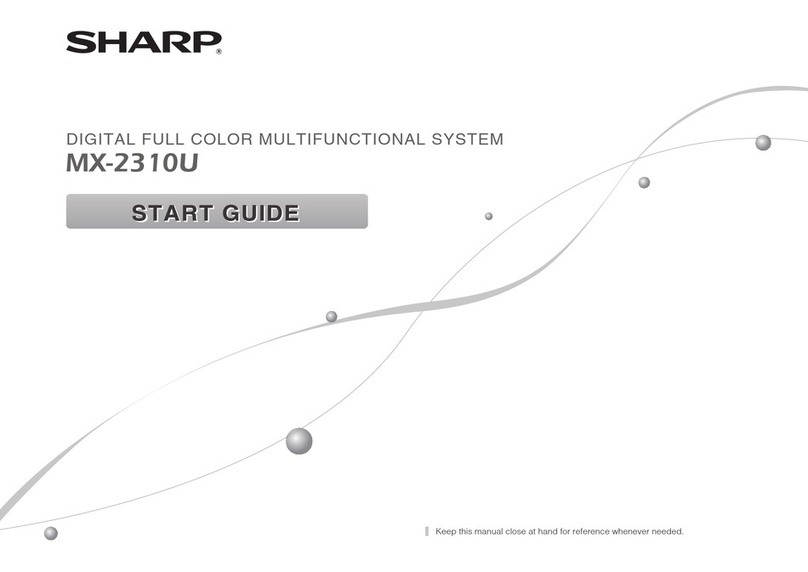Ricoh B174 Operator's manual
Other Ricoh All In One Printer manuals
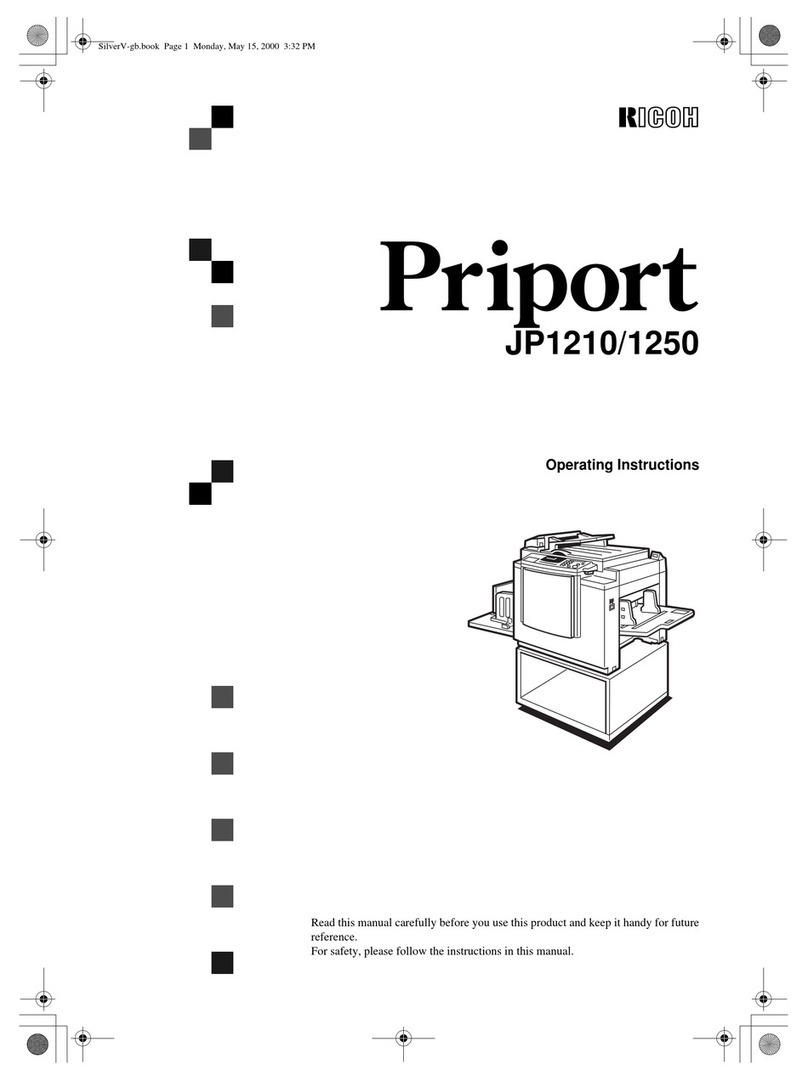
Ricoh
Ricoh Priport 1250 User manual
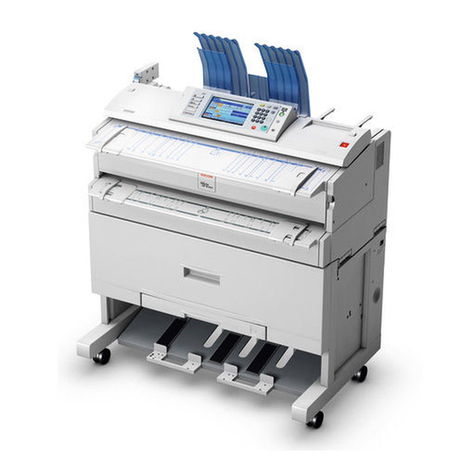
Ricoh
Ricoh aficio MP W3601 User manual
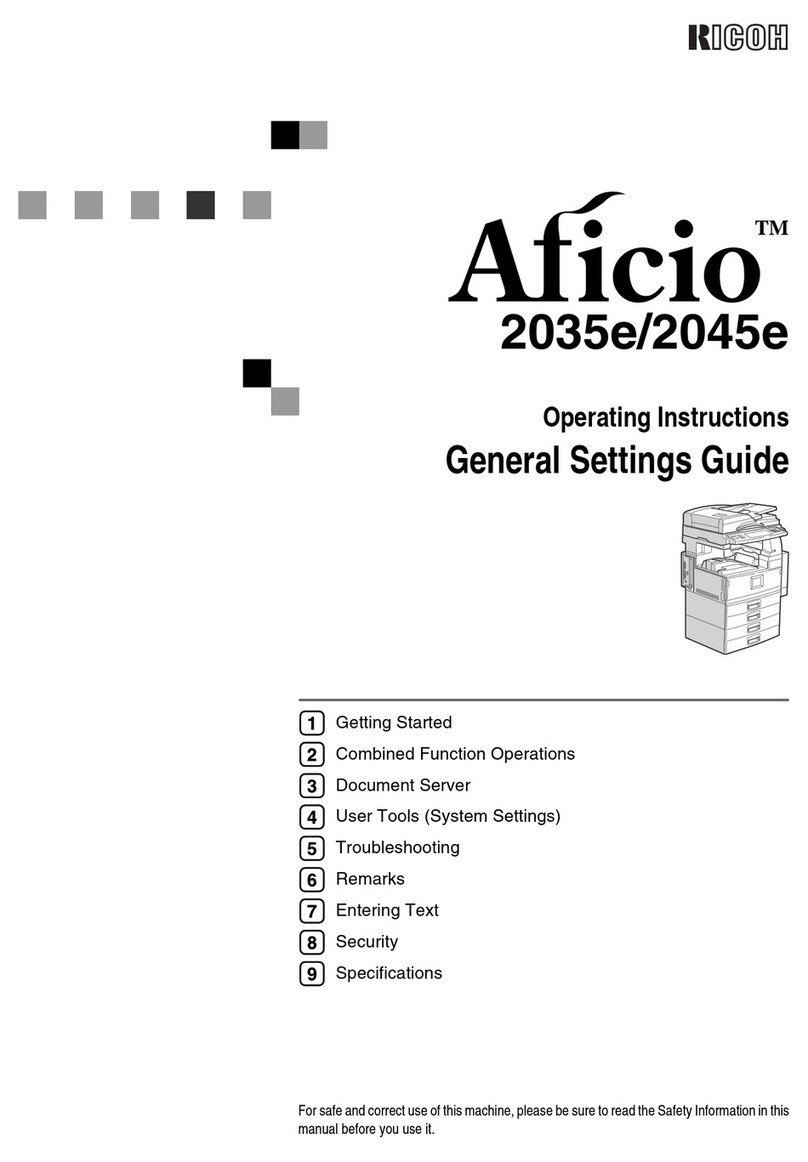
Ricoh
Ricoh Aficio 2035e User manual
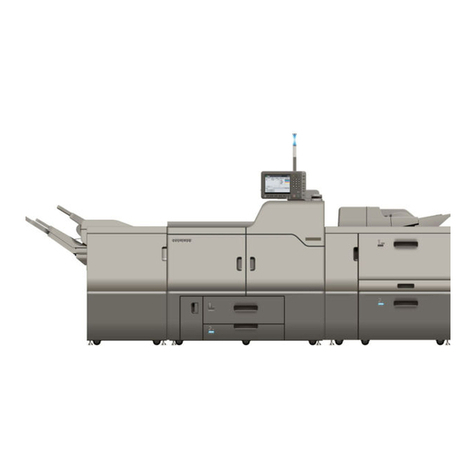
Ricoh
Ricoh Pro C7100s User manual

Ricoh
Ricoh pro c901 Operating instructions
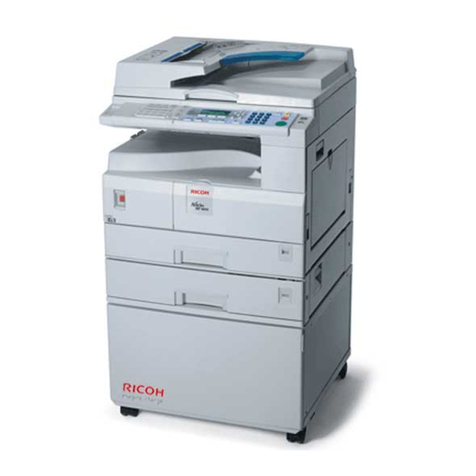
Ricoh
Ricoh Aficio MP 1600L User manual
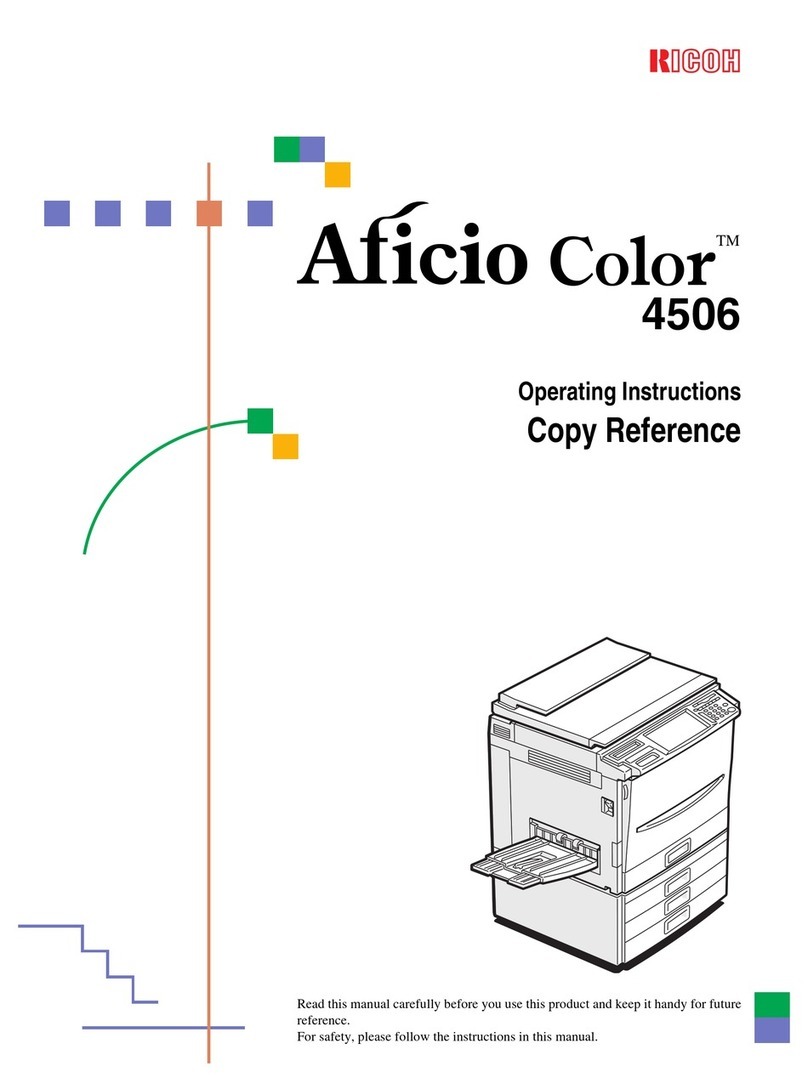
Ricoh
Ricoh 4506 User manual

Ricoh
Ricoh M 320 User manual
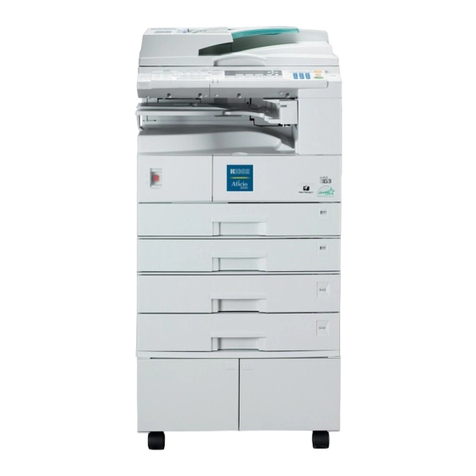
Ricoh
Ricoh Aficio DSm616 User manual
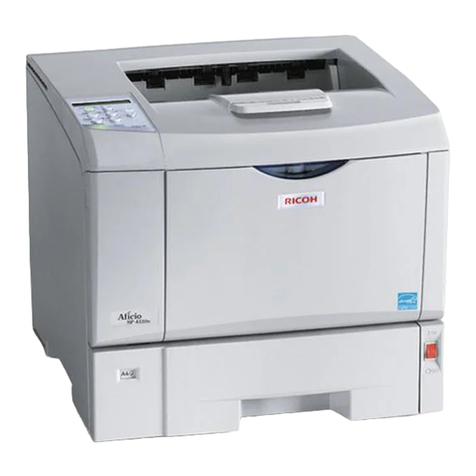
Ricoh
Ricoh Aficio SP 4110n User manual

Ricoh
Ricoh B229 User manual

Ricoh
Ricoh Haokan-P1T Quick start guide
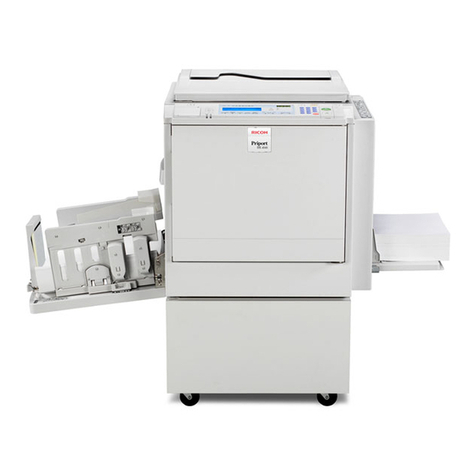
Ricoh
Ricoh Priport DX 4542 User manual
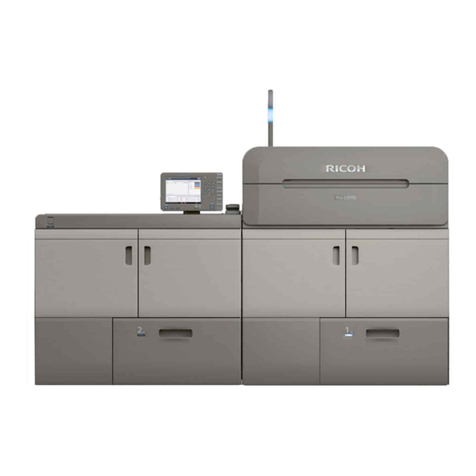
Ricoh
Ricoh PRO C9100 Quick start guide
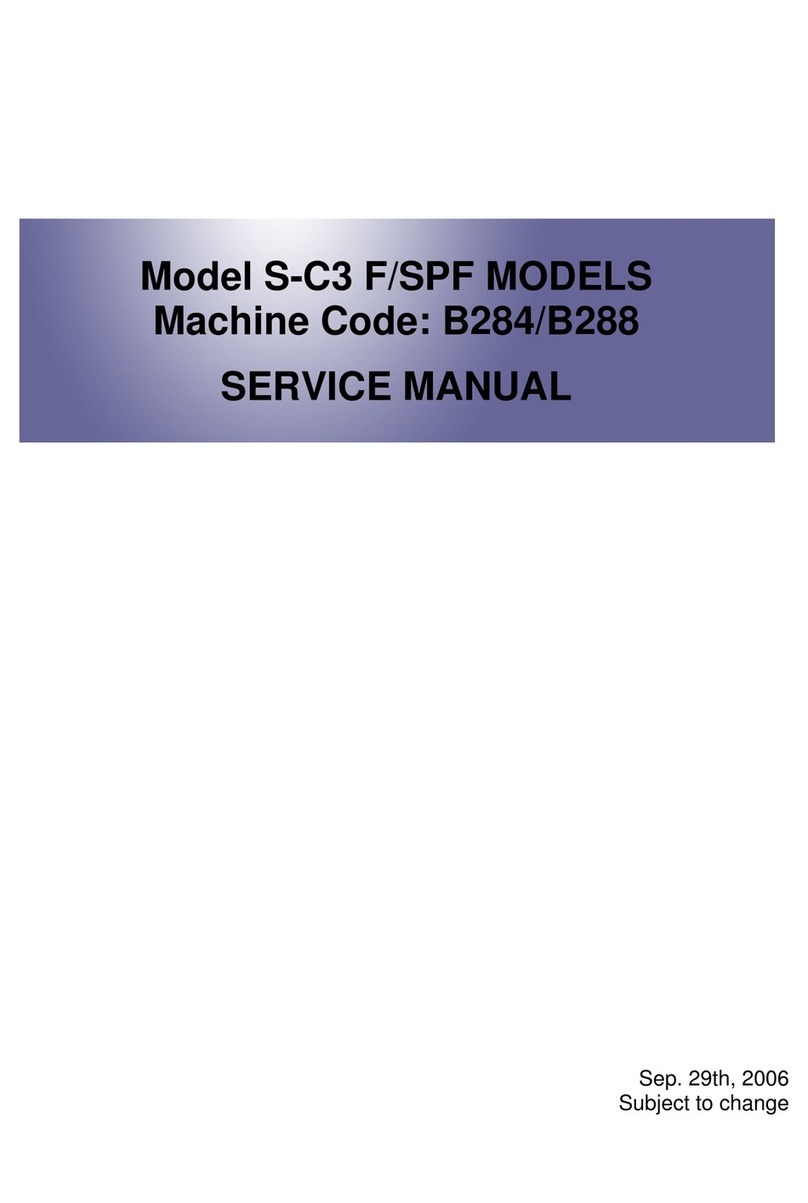
Ricoh
Ricoh S-C3 F User manual
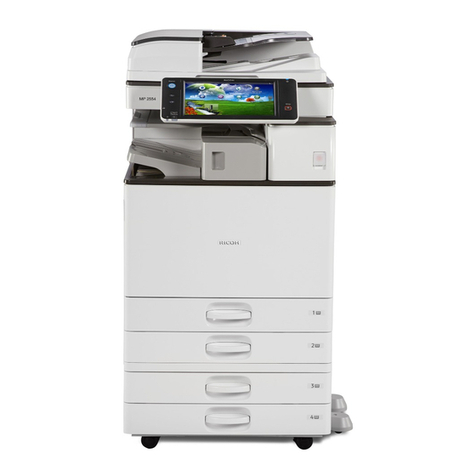
Ricoh
Ricoh MP 6054 Series User manual
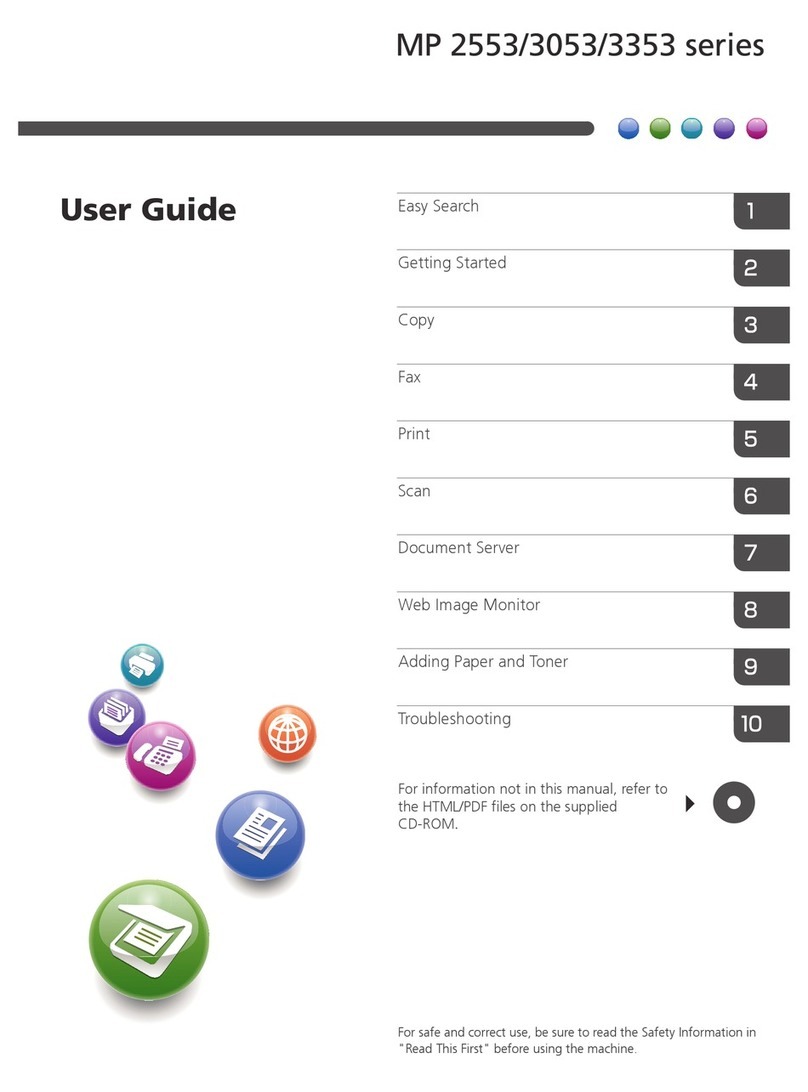
Ricoh
Ricoh MP 2553 User manual
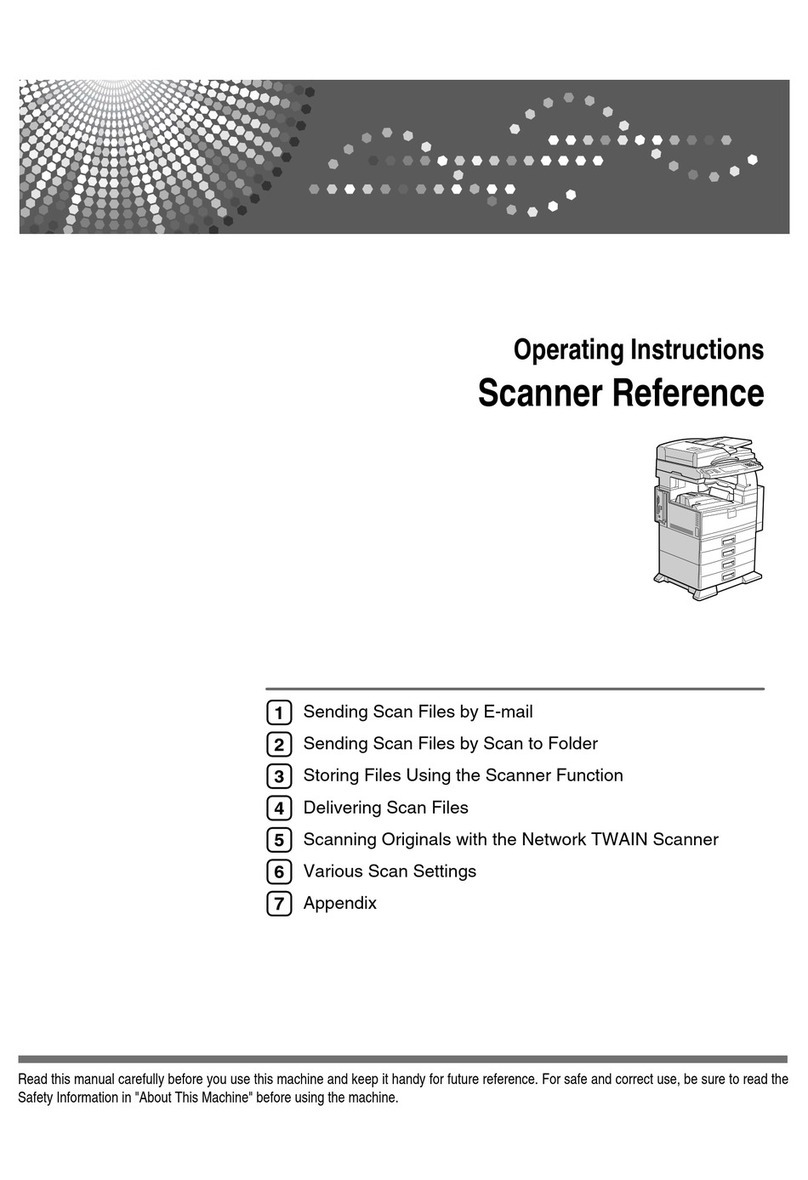
Ricoh
Ricoh Aficio MP 3500SP Service manual
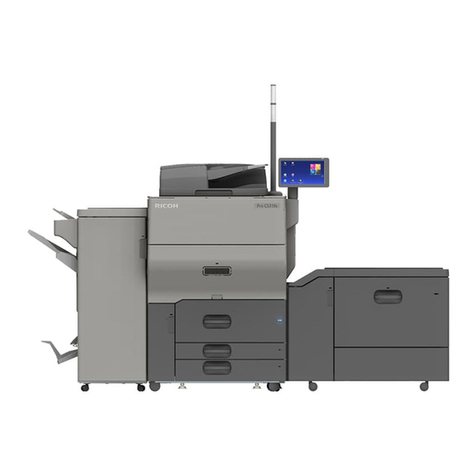
Ricoh
Ricoh Pro C5300 Series User instructions

Ricoh
Ricoh Aficio 1515 Installation and maintenance instructions


